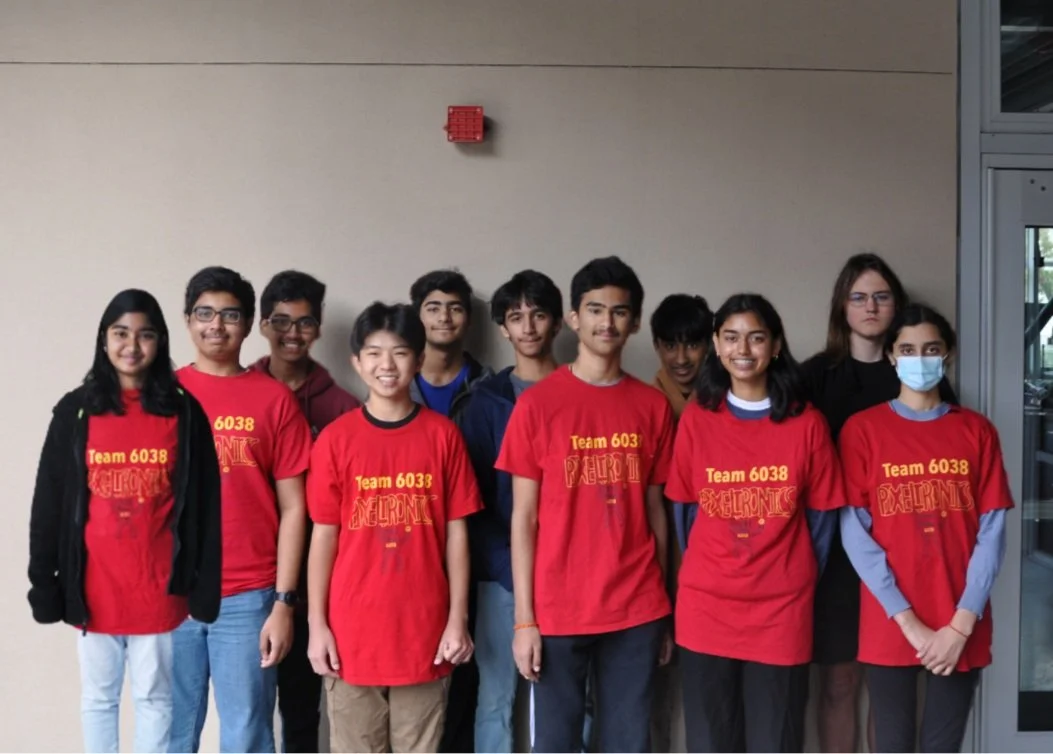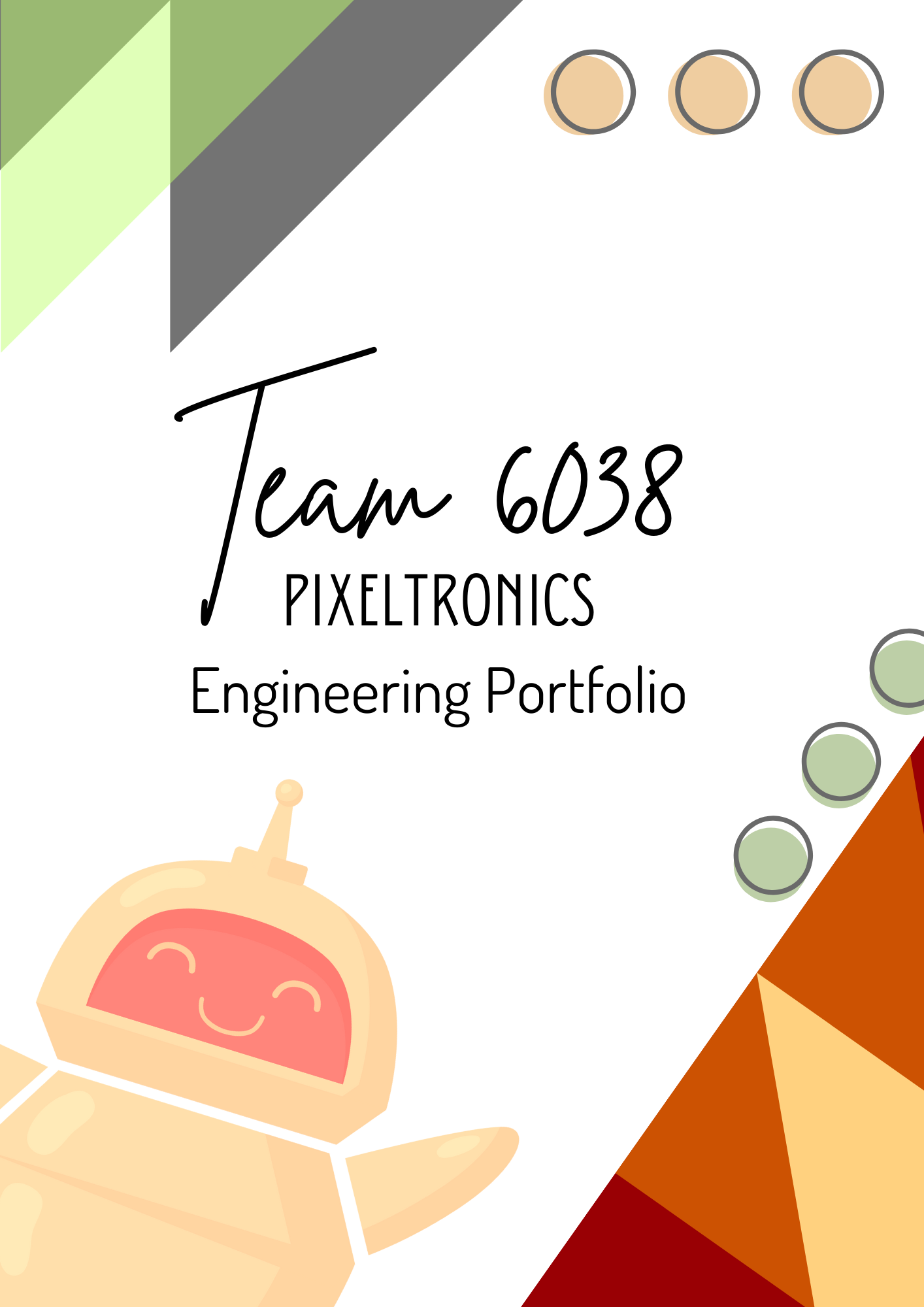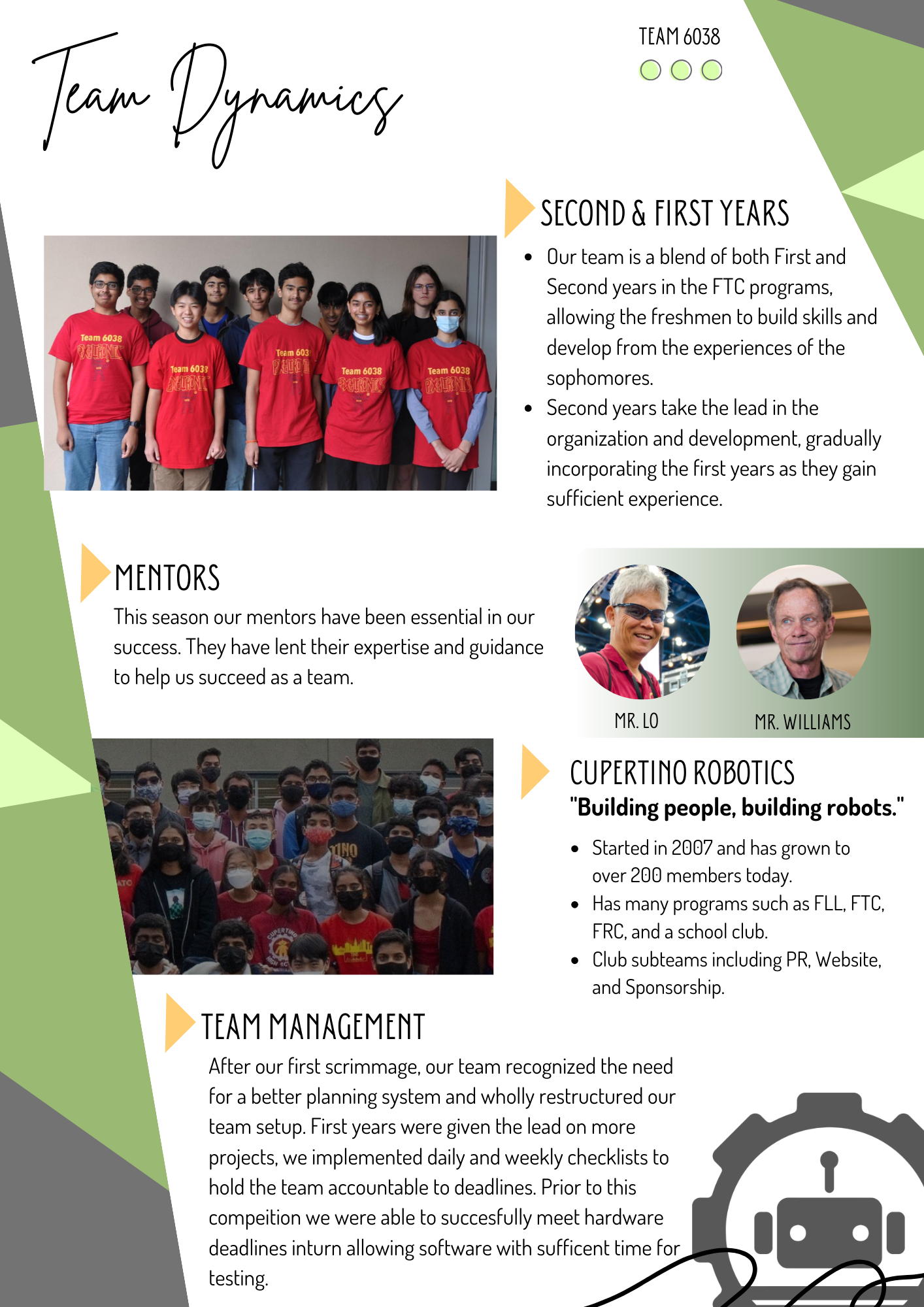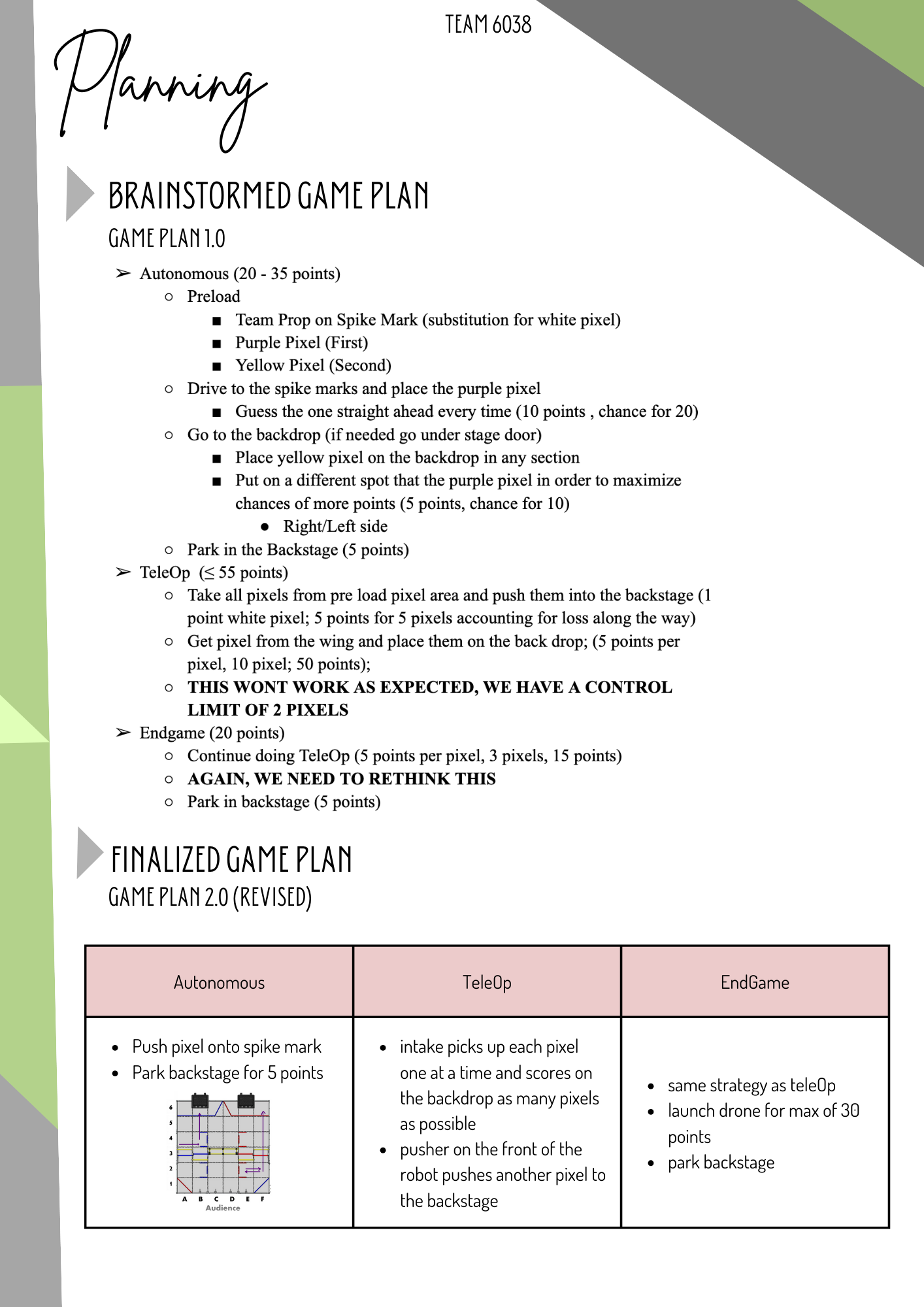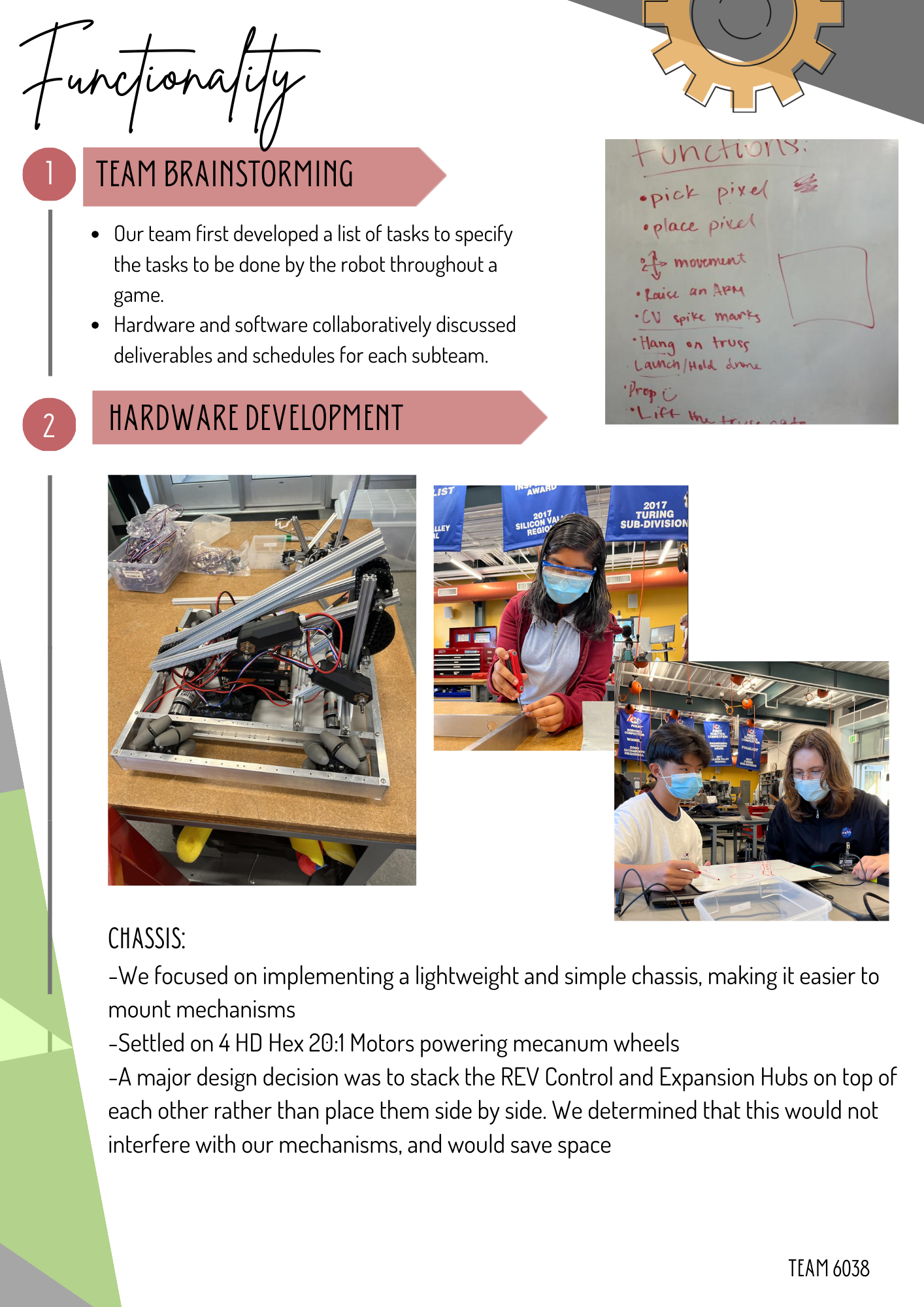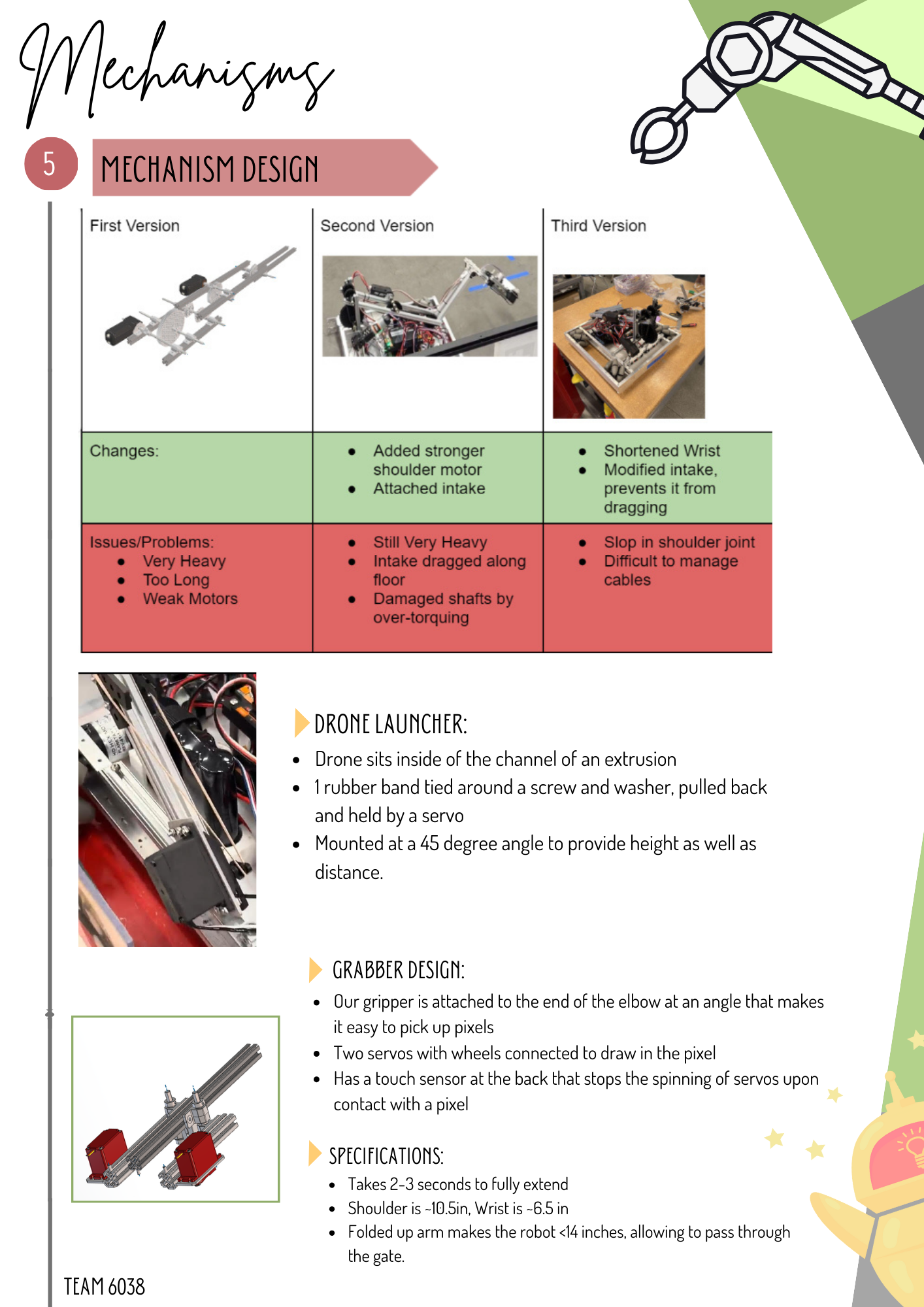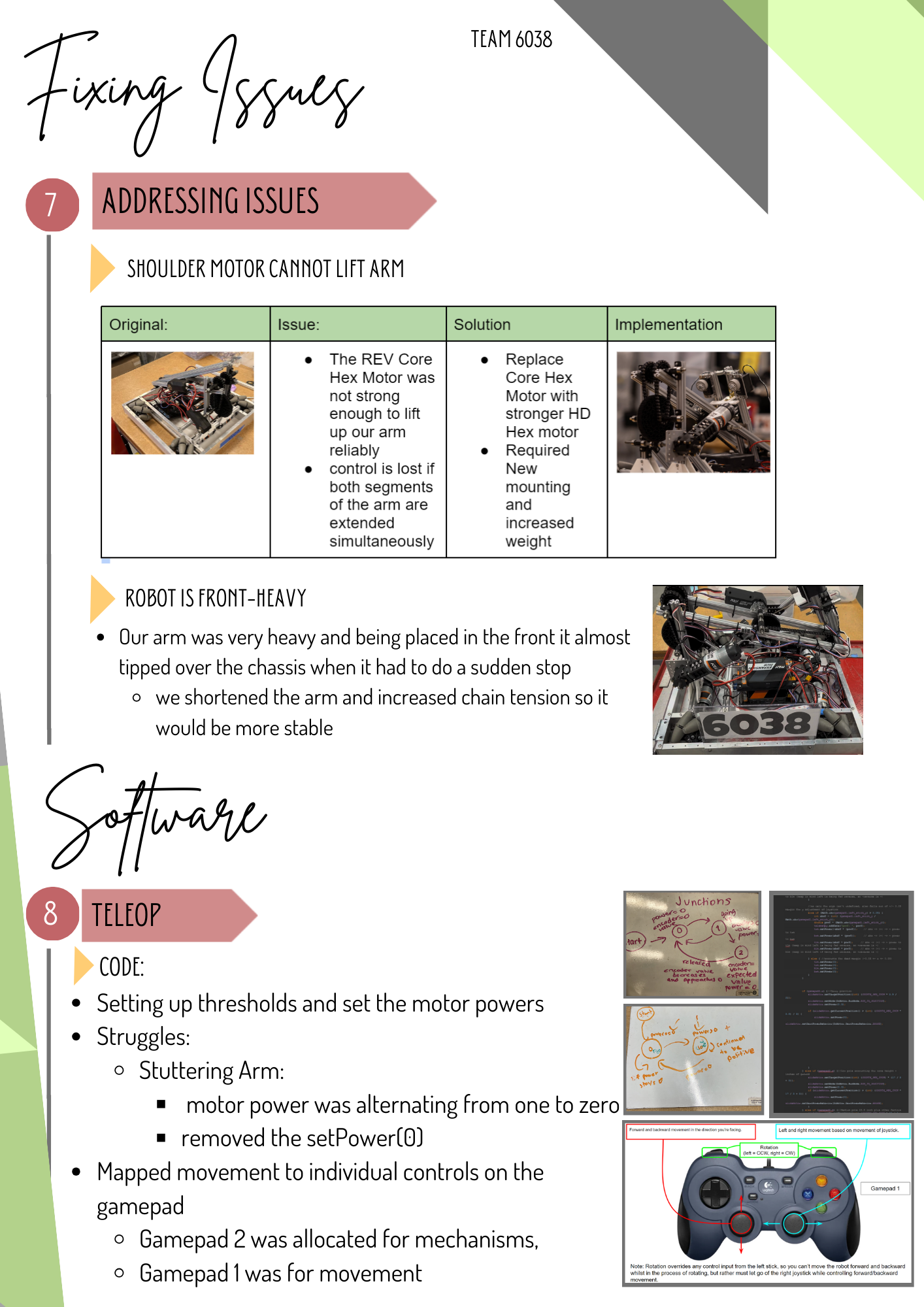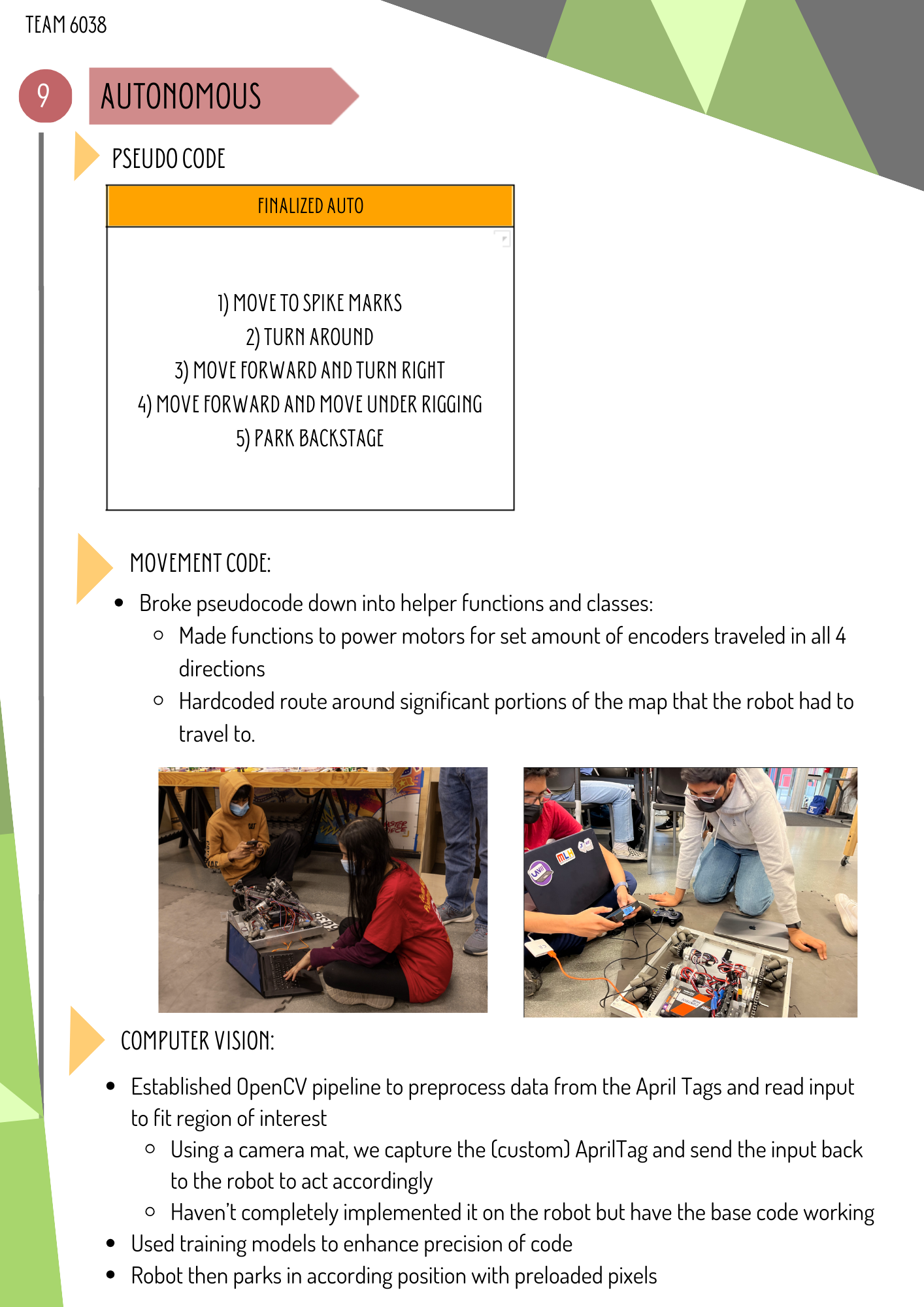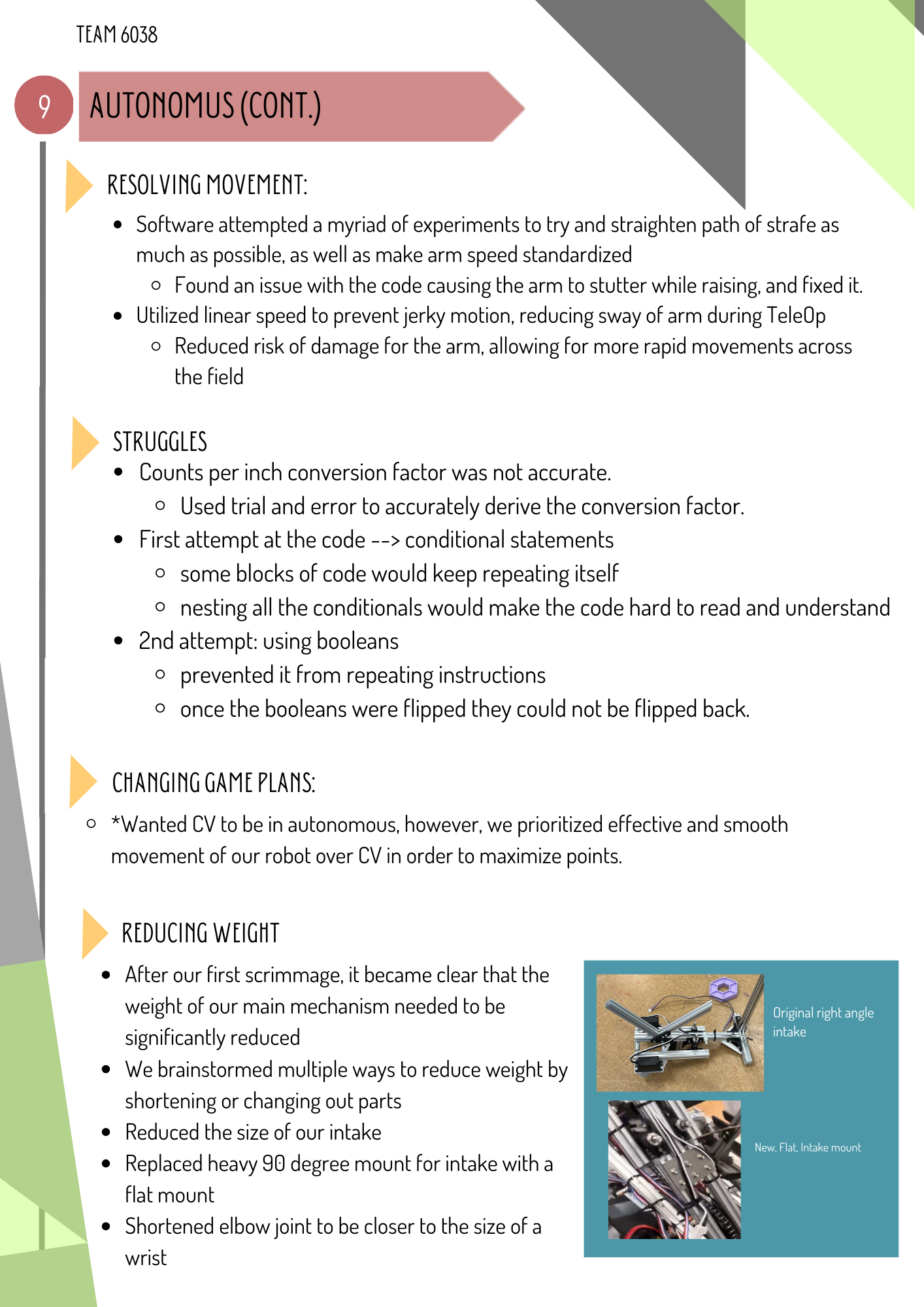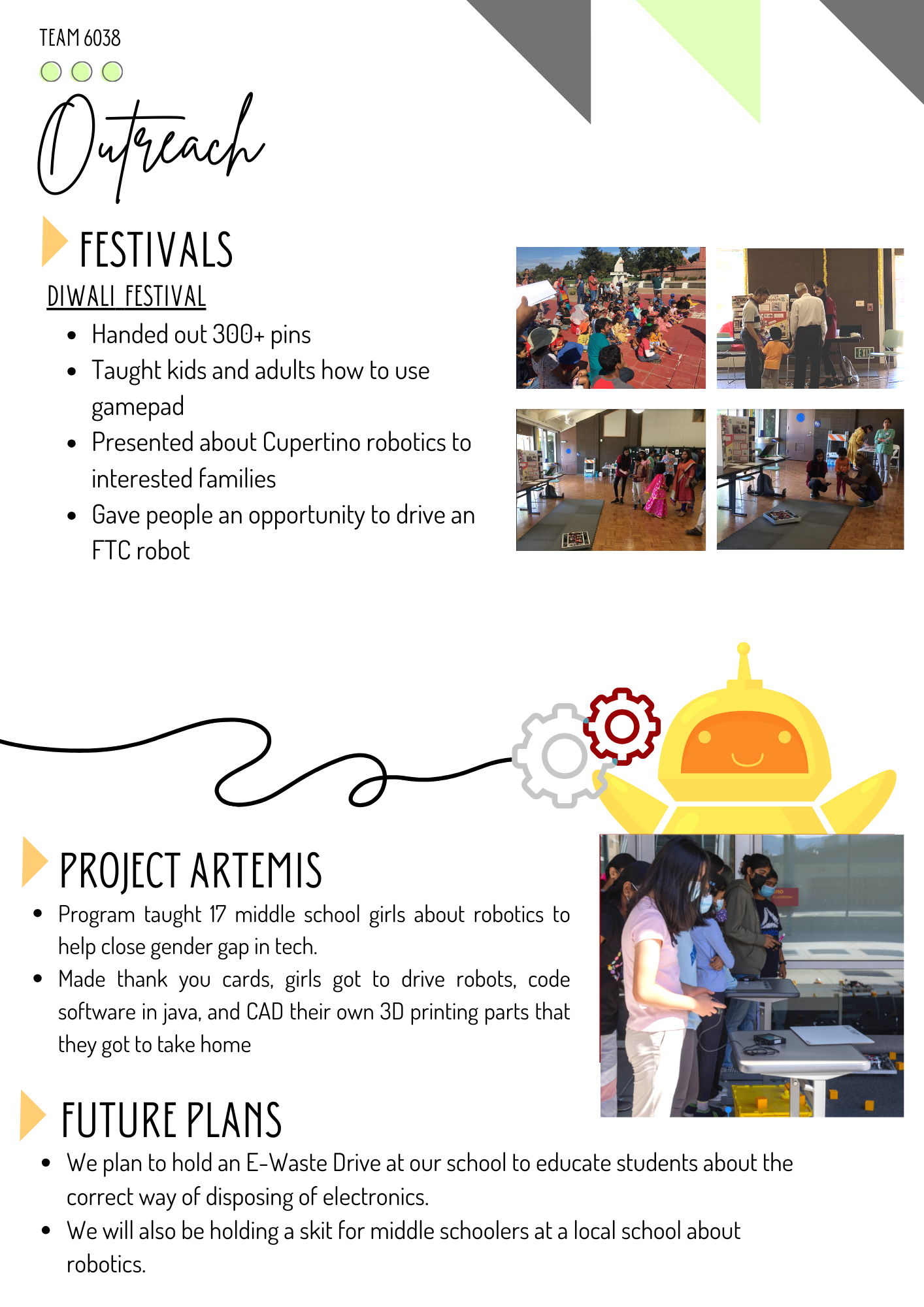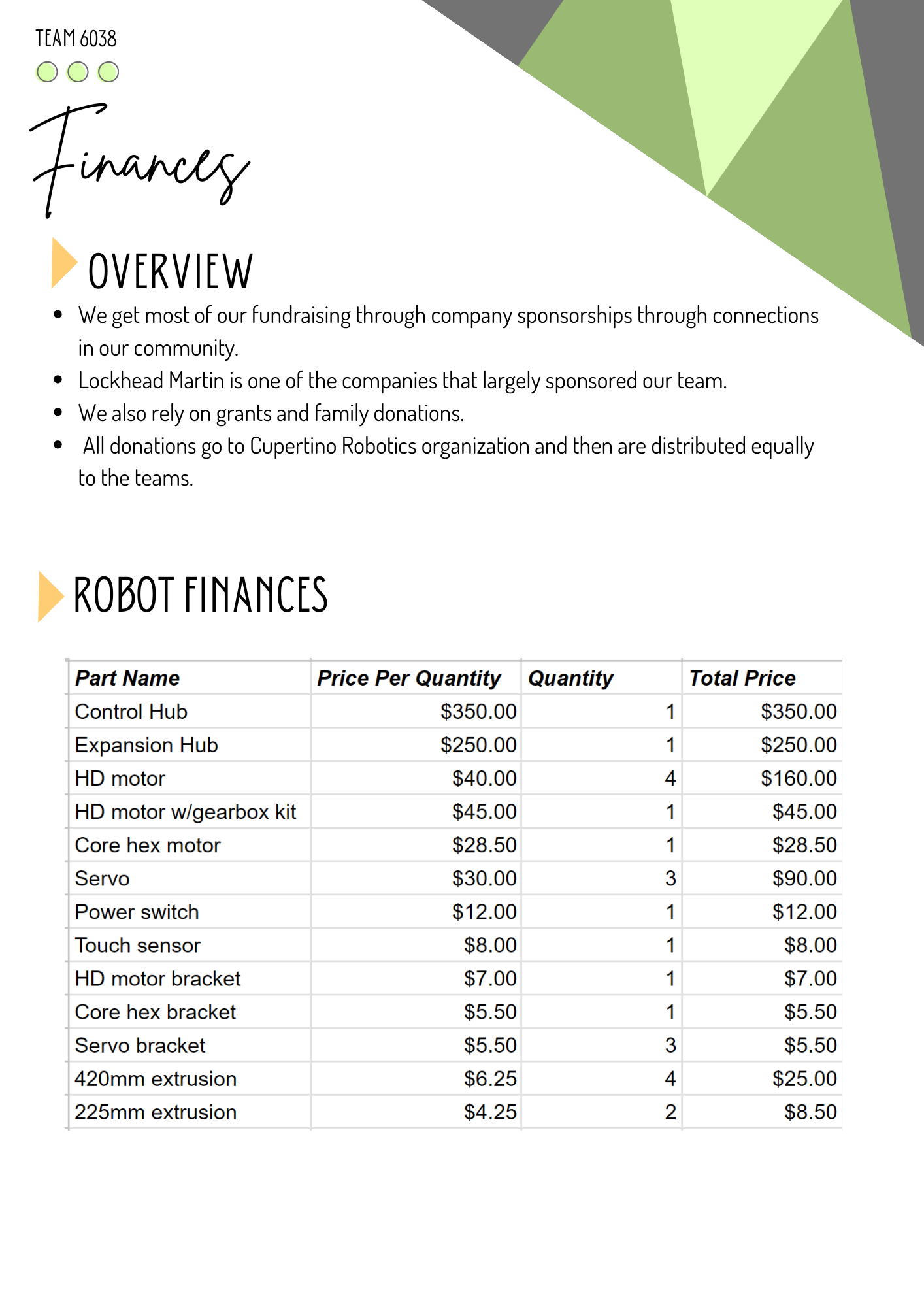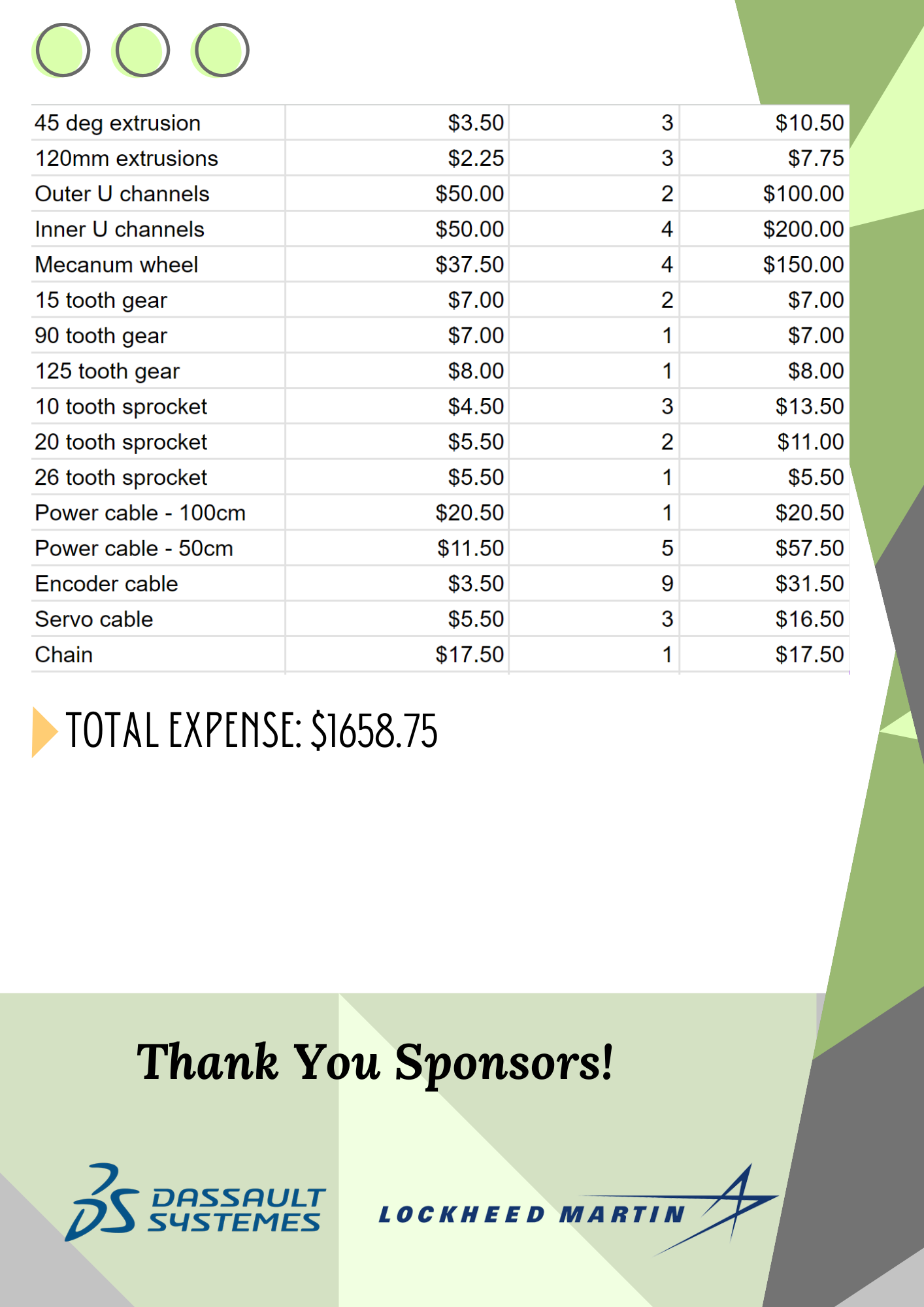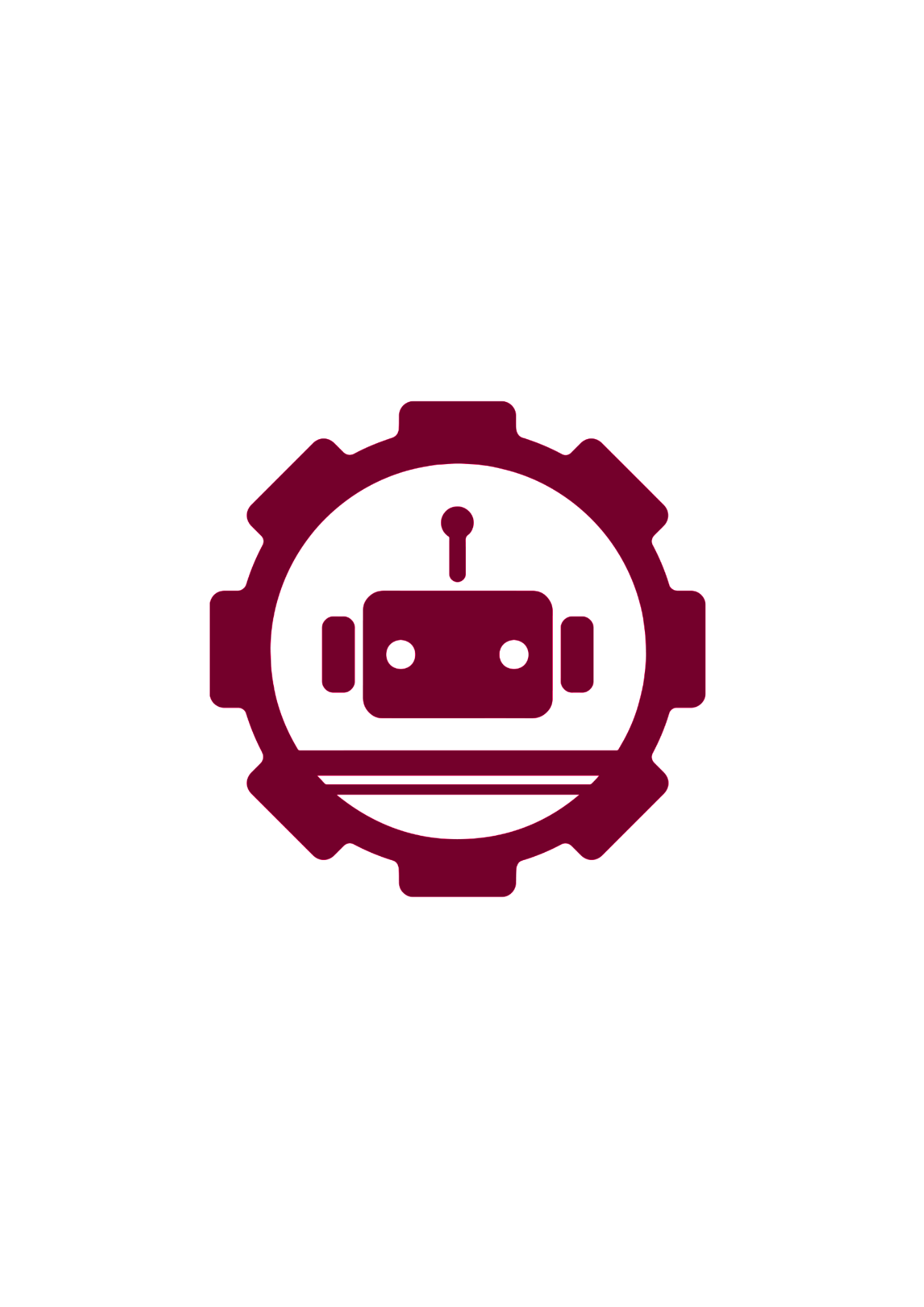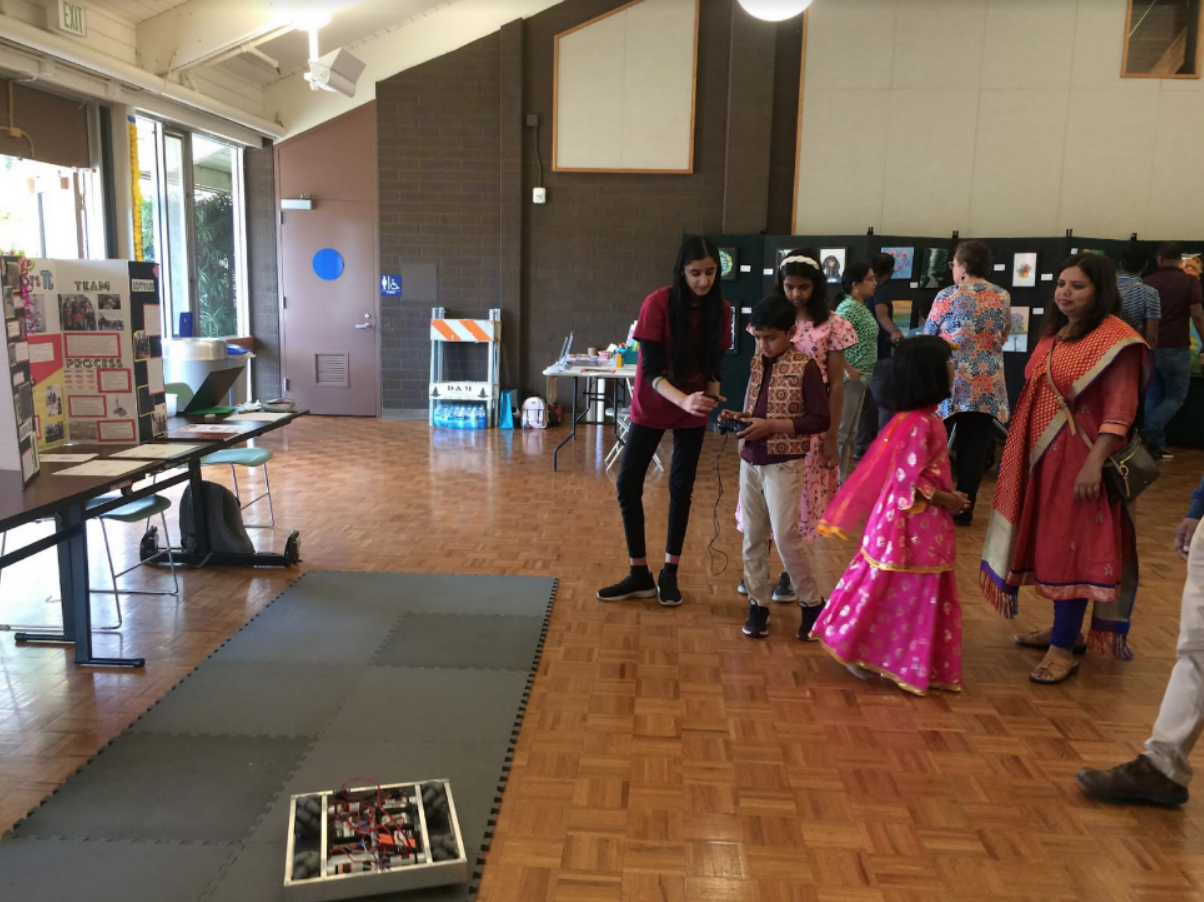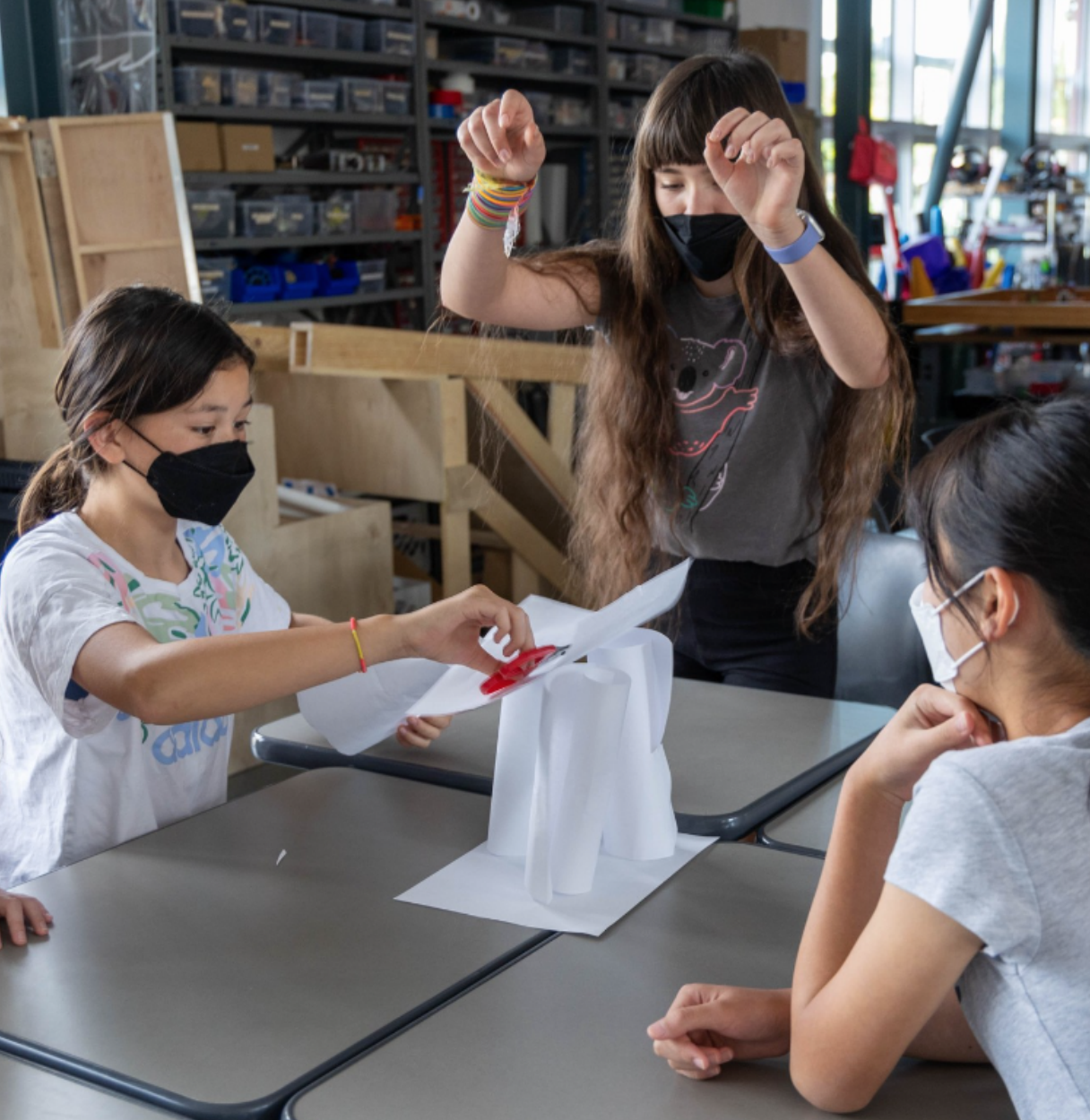FTC 6038
Team 6038: Pixeltronics
Team 6038, Pixeltronics, consists of 6 second-years and 5 first-years. We meet at least twice weekly to develop our robot for this FTC season. At each meeting, we first met up as a group and set the goals for the day before splitting into software and hardware subteams, each consisting of second-years and first-years. Though we mostly worked within the subteams, we consulted each other before making changes and updated everyone on the progress made at the end of the day, ensuring we were all on the same page because our team understood that communication is key in building a successful robot. One big problem our team ran into this year was that hardware got access to 3D experience very late so our hardware team wasn’t able to start 3D designing until later, pushing back our whole team. We also had trouble sharing the robot between hardware and software, hardware had to use the robot a lot since we kept having problems with chassis and arm mounting which led to software not having enough time with the robot and not being able to have a working autonomous code by our first scrimmage. However, we learned from our mistakes and allocated time so that both hardware and software could test the robot while we prepared for the competition.
Robot
Hardware
Throughout the season we worked diligently on building our robot by designing, prototyping, and improving our mechanisms. The key features of our robot include:
A double-jointed arm, consisting of our dynamic shoulder and elbow.
The pixel intake picks up pixels off the ground.
We plan on continuing to improve our robot throughout the season, tweaking inefficiencies and bugs with the movement of our robot and its mechanisms.
software
By completing all 15 software challenges, we effectively trained ourselves for the upcoming season. During the season, we split up tasks to code in autonomous and teleOp. Ranging from camera vision, to autonomous movement, to drive code, and more, we collaborated with each other to create the best version of our robot that we could possibly make.
Outreach
project Artemis
Project Artemis aims to encourage non-binary and female-identifying middle schoolers to join our robotics programs at Cupertino. Through Project Artemis, we aim to bridge the ongoing gender gap in STEM fields. By providing more opportunities to the attending middle school students, mentors at Project Artemis aid the attendees in gaining more confidence to pursue robotics. In our fall workshop, we had three consecutive workshops where the students experienced CAD’ing their own designs on OnShape and learned how to think logically using the Hour of Code website. More importantly, the mentors at Project Artemis emphasized that there is more to robotics than just building robots. We taught them that FTC values such as gracious professionalism and cooperation are important to robotics. We also let them experience what being a part of robotics is like as we taught them the different parts of a robot, and allowed them to drive our FTC robots. Overall, the impact we have on non-binary and female-identifying middle schoolers is how we encourage students to be more immersed in STEM.
Diwali Outreach Event
At the Sunnyvale Diwali Outreach, we represented Cupertino Robotics at a booth showcasing the different programs we offer at Cupertino High School. We described what we do at Cupertino High School and showcased the different work we have done over the years. Many kids and teenagers were interested in joining our upcoming programs. Our goal for this event was to introduce robotics to young children and teens to join robotics in their respective middle and high schools..

